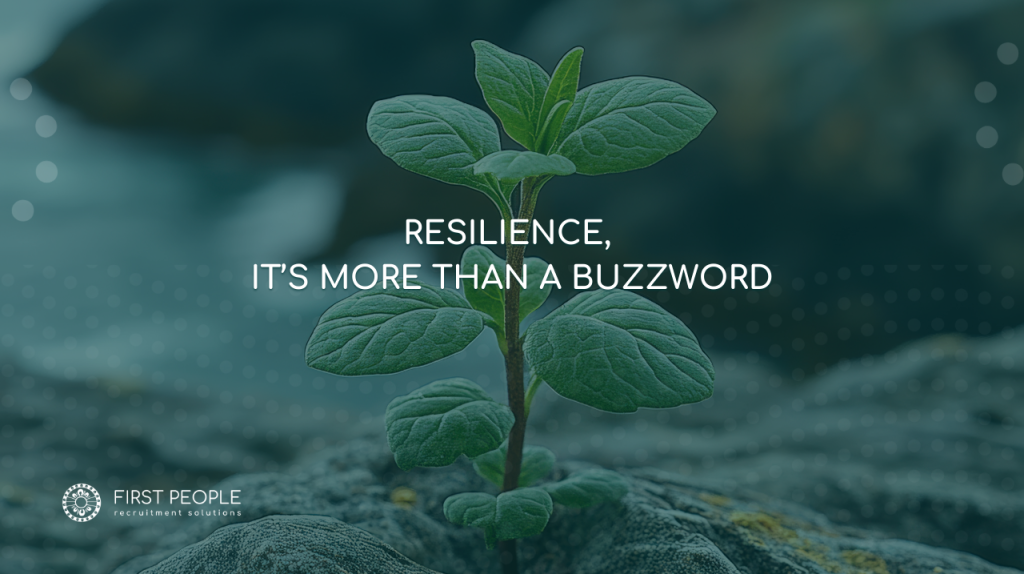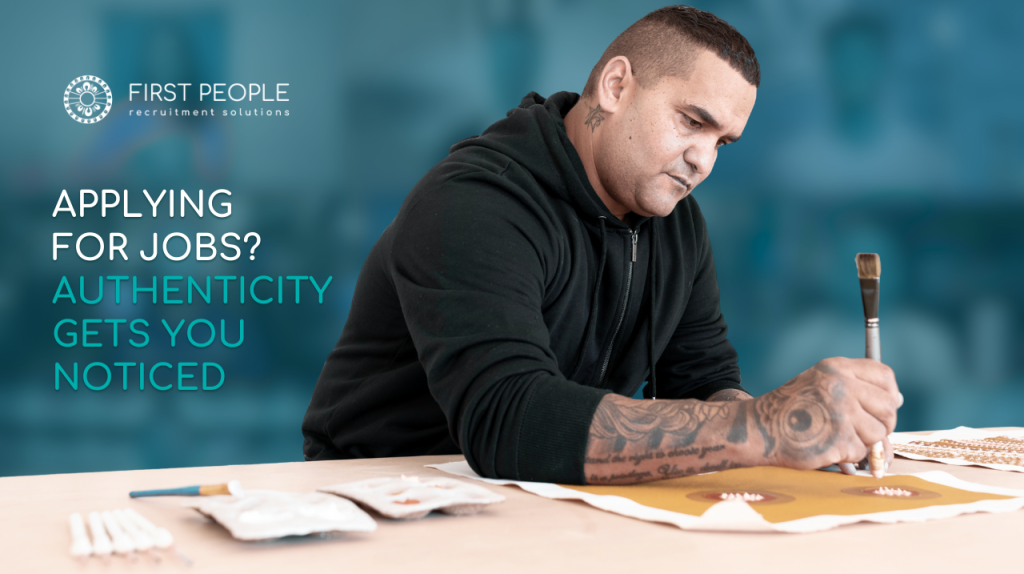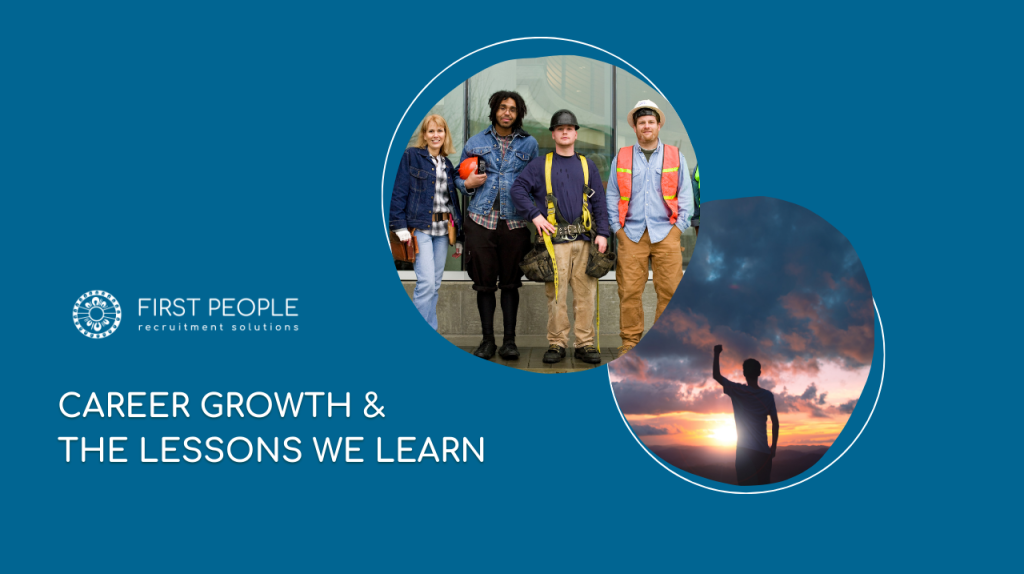Sometimes, the biggest barrier in our careers isn’t a lack of experience or opportunity. It’s the quiet voice in our head that says “you’re not ready,” “you’re not enough,” or “that kind of role isn’t for someone like you.”
We rarely talk about how much these beliefs shape our careers—but they do. They influence the roles we apply for, how we speak in interviews, the risks we’re willing to take, and even how we respond to rejection. And here’s the part that often goes unspoken: most of those beliefs were never truly ours to begin with.
So many of us carry inherited ideas—stories passed down through generations, communities, and systems that were never designed to reflect our full worth. Cultural narratives, family expectations, systemic bias, and lived experience all leave marks. Over time, those marks start to feel like facts. But they’re not.
The truth is, beliefs can be rewritten. Not easily—but with practice, presence, and compassion, change is possible.
Here’s a simple, powerful three-step process that can support your journey:
- Identify the Belief—and Where It Came From
Start by asking: What belief would I need to hold for this challenge to exist in my life right now?
This kind of self-inquiry invites you to look beneath the surface of the situation. Maybe it’s fear of being seen. Maybe it’s a story about needing to be perfect before you try. Whatever it is, bring it into the light—and gently ask, Where did this come from? Often, it’s a belief we inherited without question.
Awareness is the first act of self-leadership. You can’t shift what you can’t name. - Feel It Fully—Then Let It Move Through You
Once you’ve identified the belief, don’t rush to fix it. Let yourself feel it—fully and without judgement. This might mean sitting with discomfort, grief, anger, or fear. Give it 90 seconds. Breathe. Stay present.
This moment isn’t about analysis. It’s about embodiment. Because emotions that aren’t felt don’t disappear—they get stored.
This is also the time to ground yourself. Do a body scan. Relax your nervous system. Regulation is key here—because rewiring your thoughts doesn’t happen when your body feels unsafe. - Choose—and Create—A New Story
Now comes the creative part. Ask yourself: What belief would I need to hold to get the outcome I desire? And how can I begin to embody that belief today?
If that feeling is unfamiliar, use your imagination. What would it feel like to believe you belong in that room? That your story matters? That your leadership is needed? Tap into that version of yourself—and try it on, even just for a moment.
This is the step most people skip. They loop back into old emotions without choosing a new direction. But this third step is where the shift lives.
The science of neuroplasticity tells us that the brain is always rewiring. New beliefs aren’t formed through one powerful moment—they’re formed through repetition, presence, and kindness. This isn’t just mindset work. This is identity work.
For job seekers, especially those navigating systemic barriers and cultural complexity, this inner work is more than personal. It’s part of reclaiming possibility.
So if you’re in that space right now—naming the belief, feeling the weight of it, trying to imagine something new—be patient. Be compassionate. You’re not just learning new thoughts. You’re becoming someone your future self will thank you for.
Ask yourself today: What belief do I need to let go of? And what new belief am I ready to live into?
Because the most powerful shift in your career might not be your resume—it might be the story you start telling yourself.



